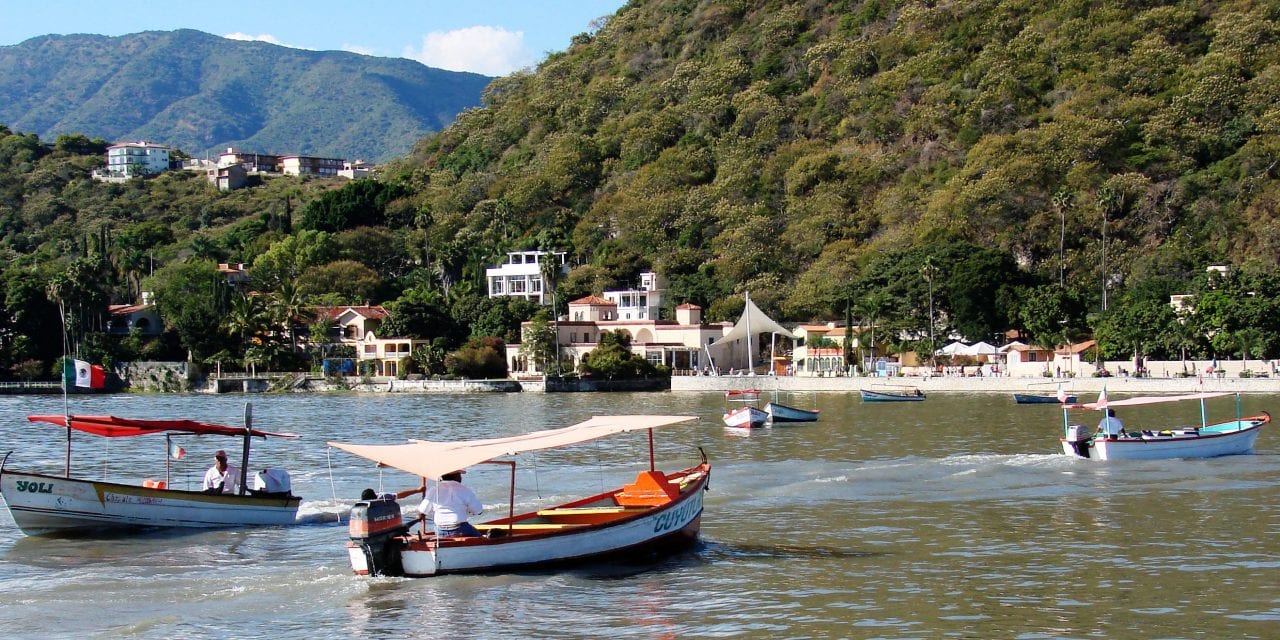If you cannot afford healthcare or retirement in North America, what are your options? Where do you look?
By Wendy Jane Carrel, wellnessshepherd.com
If you cannot afford healthcare or retirement in Canada or the U.S., what are your options? Where do you look?
For the last five decades, and especially since the U.S. economic challenges that became apparent in 2007-2008, retirees have been choosing destinations in Asia, Europe, and Latin America.
Despite news about crime and drug cartels, Mexico reigns as the number one choice for most American and Canadian retirees, primarily because of its lower costs, warmer weather, health care choices, and location so close to home.
According to U.S. Consulates in Mexico there is a current count of between 1.2 – 1.4 million Americans living in Baja California, Cancun, Lake Chapala, Mazatlan, Puerto Vallarta, San Miguel Allende, and other areas. (The number also includes Americans who are not retired). According to the Canadian Consulate in Guadalajara and the Canadians Abroad Registry, approximately 10,000 Canadians are registered in high season and 1,500 are registered as retired full time in Mexico. Not all Canadians register.
Choices for senior living in Mexico are not all that dissimilar to those in Canada and the U.S.:
-
Aging in Place – independent living in your own home or apartment
-
Aging in Community – co-housing, active lifestyle 55+ enclaves
-
Assisted Living – if you require care and cannot afford full-time care at home
-
Nursing Care and Rehabilitation
Lake Chapala
Currently, at Lake Chapala, Mexico there are in the neighborhood of 20,000 retired Americans and Canadians.
North shore Lake Chapala, which includes the communities of Ajijic, Chapala, Jocotepec, San Antonio, and San Juan Cosala (40 minutes drive time from one end of north shore to the other), has several options for senior living with others being planned.
“Copyright Tony Burton; map used by permission via http://www.mexconnect.com” Additional maps: http://www.mexconnect.com/assets/0000/5716/chapalamapspdf.pdf
What is different from Canada and the U.S. is the cost of living, especially for health care, often up to two-thirds less. What is also different is that there are no Life Planning (continuing care) models at Lake Chapala. A project was planned three years ago and has yet to be built. There is one, however, that will open in Mexico City sometime this fall.
Another difference is that in Canada and the U.S. Alzheimer’s and dementia patients are in separate areas on a campus. In most of Mexico, dementia patients are living and sharing the same space with older adults who have mobility issues, not dementia issues, and the care is rarely specialized.
Mexican senior homes are under the purview of the Ministry of Public Health and local fire departments. They are not tightly regulated and inspected as they are in Canada and the U.S.
What is available at Lake Chapala now?
-
Three co-housing/independent living/active adult options – one in Ajijic with three individual living suites and five casitas, a pool, lakeside views, and two meals a day; one in Riberas del Pilar on two levels where residents have their own apartment, are provided with two meals a day, and have access to a library, a gym, and a pool; and one in San Juan Cosala, focusing on health, green living, and sustainability.
At the first two if you become immobile or develop serious health issues you would need to move. At the property in San Juan Cosala (in development) you can invite caregivers to your living quarters.
-
Three assisted living homes specializing in Alzheimer’s and dementia care – one is run by a geriatrician and a nurse, the other two by nurses with doctors on call. One of these homes plans to add a second home in the near future for a total of four dedicated Alzheimer’s care homes at the lake to meet the growing need.
-
Six homes combine assisted living, nursing and rehabilitation.
That number climbs to seven if you include two rooms above the offices of a physician in Ajijic (no rehab), and 9 if you include one owner who has three homes (no rehab).
It climbs to 10 choices with an American-owned recovery care center for plastic surgery (more like a B & B) where you can also rent suites. The recovery center has been in existence for almost 20 years.
The number of choices reaches 11 if you include a low-income senior home in Chapala which also has Mexican residents.
Four properties have owners who live on site. These properties are either American- or Canadian-owned, or, owned by English-speaking Mexicans who focus on serving the expat community. There usually is one person who speaks English at the senior living options at Lake Chapala.
The above-mentioned places are private pay. Monthly costs for private pay assisted living at Lake Chapala range between $1,000 and $2,000 U.S. per month except for the home in Chapala. (The average U.S. private pay is $3200-$3500, and up to $12,000/month or more for Alzheimer’s care).
Most care homes at the lake have 12 or fewer residents. Service is considered personalized. In many instances there is the quality of “carino,” caregivers treating you like a lovable member of the family.
There are 125 senior living homes in the state of Jalisco, housing 1,723 elders. These numbers include only Mexican citizens. Not included are Americans and Canadians at Lake Chapala or in Puerto Vallarta. There are approximately 758,000 older adults in Jalisco state.
In Guadalajara, an hour from Lake Chapala, there are three models of senior care – private pay, non-profit care primarily with nuns (usually excellent quality), and government care (usually DIF, a social services entity that exists throughout Mexico). Prices range from gratis for the indigent to around $400-$800 U.S. for those with pensions, and up to $3500 U.S. for private pay.
Note: I have met Americans with incomes of $600 or less/month who are living comfortably and safely in Mexican assisted living homes throughout the country.
Additional Resources:
Canadian retirees make new homes in Mexico
Instituto Nacional de Estadistica y Geografia National Institute of Statistics and Geography
US State Department – Relations with Mexico
* Cover photo of Lake Chapala courtesy of en.wikipedia.org
** Map of Lake Chapala region courtesy of mexico-insights.com







Trackbacks/Pingbacks